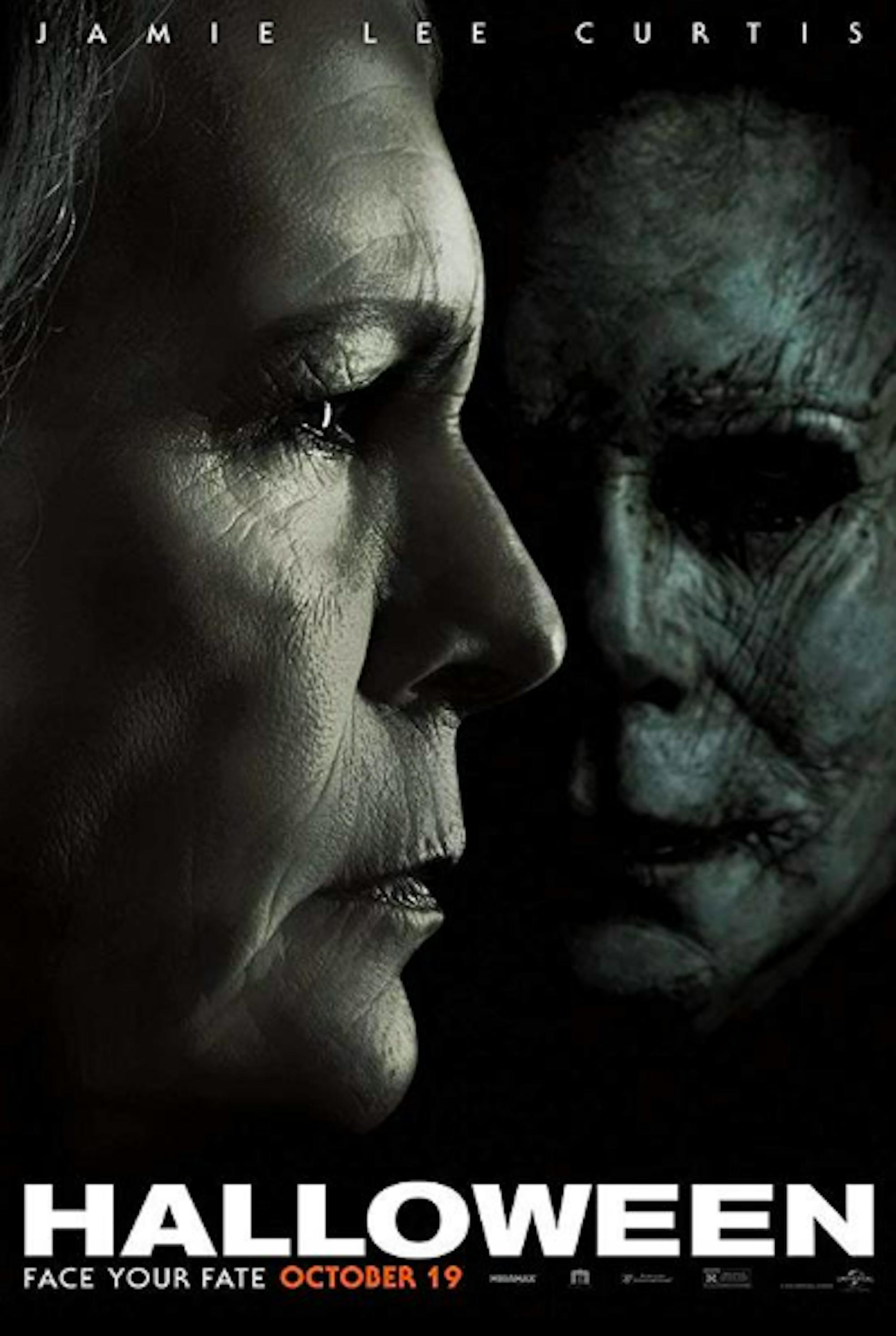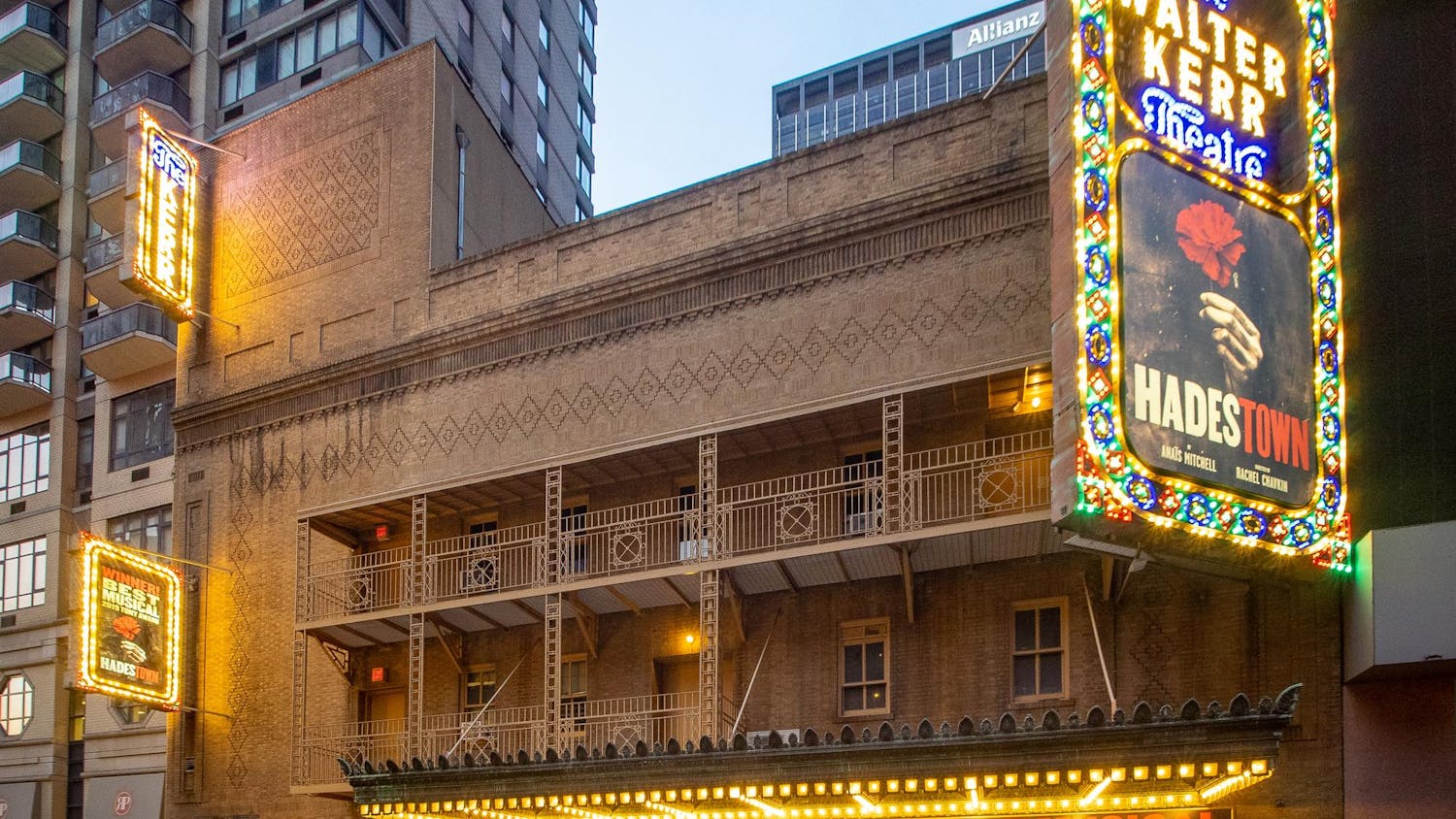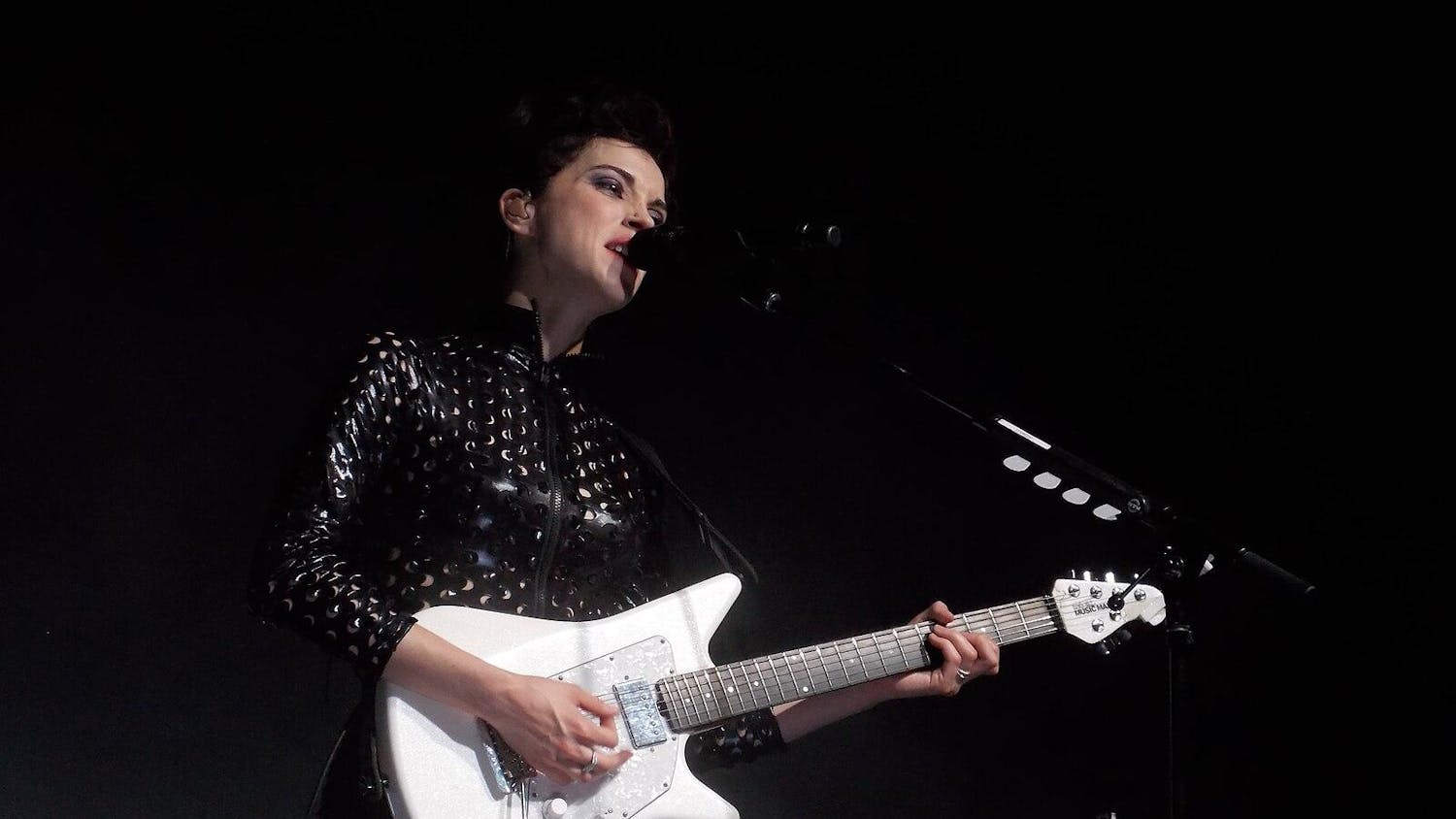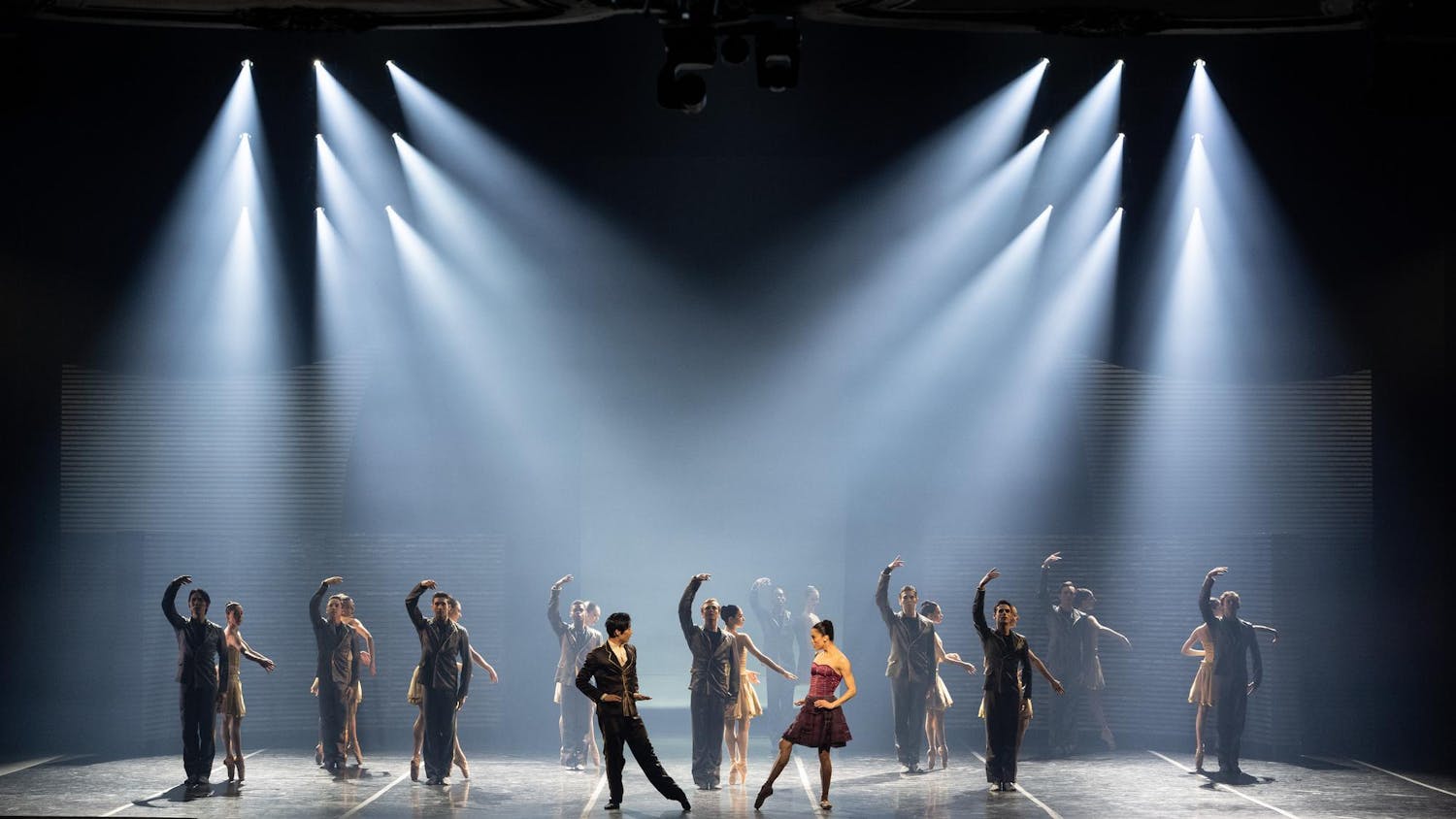Content warning: This article discusses violence.
The most underrated quote from NBC's "The Office" (2005–13) comes from Robert California, as he muses on Halloween: "Fear plays an interesting role in our lives. How dare we let it motivate us? How dare we let it into our decision-making, into our livelihoods, into our relationships? It's funny isn't it? We take a day a year to dress up in costumes and celebrate fear?"
The seminal film "Halloween" (1978) used the simplest of camera techniques and musical themes to distill what we most deeply fear — uncompromising, unrelenting cruelty — and embody it in the murderer Michael Myers (Nick Castle). If the original "Halloween" is a dark tribute to the evil that has and will always exist in our everyday world, this year's sequel gives a more formulaic, satisfying exploration into how we can overcome it (for now).
The original film, directed by John Carpenter, was the most influential horror film since "Psycho" (1960) and was one of Carpenter's greatest works, along with "The Thing" (1982). It established conventions of modern horror like the slasher-stalking teenagers, the virginal heroine and the increasing feints at a jump scare — dread-filled build up and all. It proved so influential that, watching today, we might call it clichéd — except that "Halloween" was the first to create those clichés. But the film holds up 40 years after its release not because of the teenage sex interrupted by a butcher knife or even the violence itself, but instead because of its buildup and the way it follows Michael's terrifying, inhuman presence.
Carpenter was a master of suspense. As his camera steadily pans in front of Michael's main target, Laurie Strode (Jamie Lee Curtis), he forces the audience to follow her walk to school through a nice suburban neighborhood with a voyeurism the audience realizes is Michael's when the shoulder of his trench coat steps in front of the frame and its wearer watches Laurie walk away. Michael is scary because of his lack of explanation — all the viewer knows is that he's there and he's single-minded. He never speaks, he always hides his face under his iconic white mask and, most terrifyingly, he never runs. He knows he will catch up and kill again with otherworldly certainty. And although Michael is treated like a man, his mortality remains unclear, as he manages to survive shootings and stabbings and disappear from view in an instant. The movie ends with Michael's seemingly lifeless body going missing and with only his steady breathing remaining, reminding us that he is never really gone.
As it happens, Michael reappears in 10 other sequels and remakes leading up to the series' 2018 installation. Although the original "Halloween" gives a barebones backstory for Michael (he stabbed his sister Judith to death when he was six years old and escaped from lifelong imprisonment in a mental institution 15 years later), the other movies delve much deeper into his psychology and lack the subtlety of the original masterpiece. The results were considered lukewarm at best, which is why this year's "Halloween" wisely decides to ignore all of them and to instead follow the original plot directly, 40 years later.
Now, Laurie is a grizzled, hard-drinking grandmother whose paranoia and survivalist obsessions drove away her daughter and distanced her from her granddaughter, a local high school student. But now, for the second time, Laurie is right to be afraid: Michael has escaped from captivity again while en route to a maximum security prison under the watch of a different psychologist, Dr. Ranbir Sartain (Haluk Bilginer). He returns to the little town of Haddonfield, Ill. to provide the (hopefully) final installment with a final showdown.
John Carpenter is credited as a composer for and executive producer of this year's "Halloween," but it is directed by David Gordon Green, who is not nearly as skillful in his cinematography. Although the climactic fight scenes deliver, most of the buildup follows a conventional Hollywood style that doesn't strike quite the same creeping dread into its audience. The mini love story involving Laurie's granddaughter, Allyson, feels contrived, and the beginning of the movie is slowed down by two obnoxious radio journalists attempting to get a scoop on the historic murder in the 1970s.
But this sequel gives due diligence to the original, and there are some great subtle references for the most hardcore horror fans. Once Michael makes it to Haddonfield, the movie ramps up. Curtis is truly fantastic as a transformed Laurie, and she plays the character with a tenderness, vulnerability and anger that carries a lot of the movie's power. Her desire to finally kill Michael (she prayed for years that he would return) demonstrates a violent need to destroy the evil lurking in the world. But, it also traumatizes her and drives her family away, even leading to her losing custody of her 12-year-old daughter. In the end, after confrontations at some critical moments, the three generations of women must come together to defeat Michael and put an end to the trauma and fear he represents.
In it resolution, the 2018 "Halloween" displays a soft side and takes a more mainstream route than the mysterious and provocative original film. It is not about Michael and murder; it's about fear and overcoming it. But that's okay. Because while the original movie shows the dark and visceral psychological effects of fear through horror imagery, this version shows how fear can bring people together. It is the same reason why people dress up in costumes together and let strangers in their doorways and send each other scary videos one time a year. As a police officer tells Laurie, "There's a reason we're supposed to be afraid of [Halloween]." There will always be things in the world to fear (hint: stay after the credits), but every once in a while, badass women and teamwork win.
'Halloween' gives iconic slasher franchise a softer edge

A promotional poster for 2018's 'Halloween,' starring Nick Castle and Jamie Lee Curtis, is pictured.
Summary
Although 'Halloween' fails to break the mold of the horror genre the way Carpenter's original did, it gives an uplifting and well-acted conclusion to a franchise plagued by terrible sequels.
3 Stars





